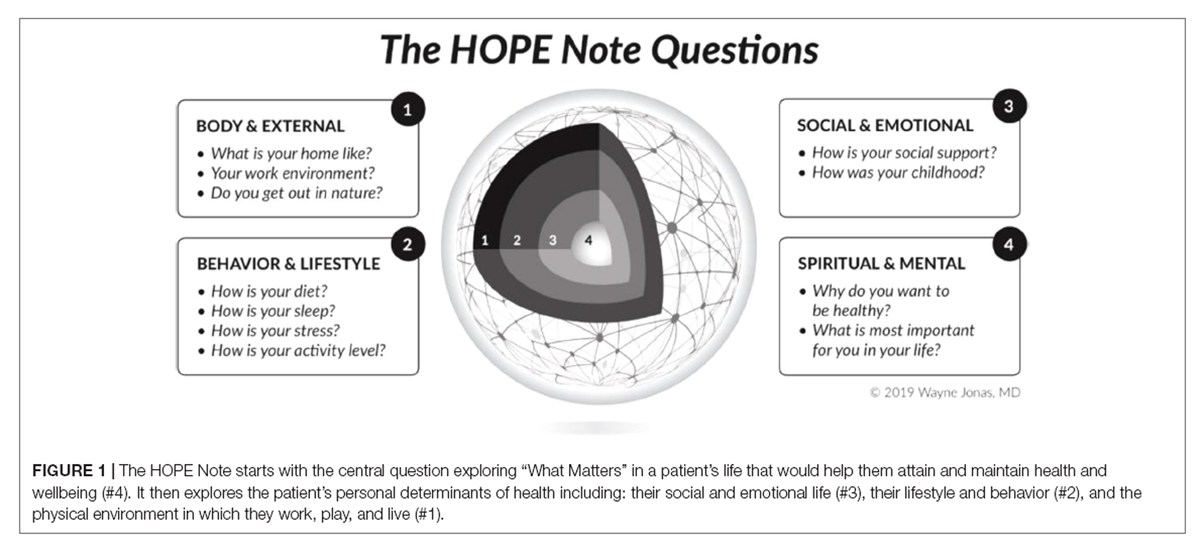Placebo Effects In Trials Evaluating 12 Selected Minimally Invasive Interventions: A Systematic Review And Meta-Analysis
SOURCE: BMJ Open. 2015 (Jan 30); 5 (1): e007331
Robin Holtedahl, Jens Ivar Brox, Ole Tjomsland
Department of Physical Medicine and Rehabilitation,
Oslo University Hospital,
Oslo, Norway.
OBJECTIVES: To analyse the impact of placebo effects on outcome in trials of selected minimally invasive procedures and to assess reported adverse events in both trial arms.
DESIGN: A systematic review and meta-analysis.
DATA SOURCES AND STUDY SELECTION: We searched MEDLINE and Cochrane library to identify systematic reviews of musculoskeletal, neurological and cardiac conditions published between January 2009 and January 2014 comparing selected minimally invasive with placebo (sham) procedures. We searched MEDLINE for additional randomised controlled trials published between January 2000 and January 2014.
DATA SYNTHESIS: Effect sizes (ES) in the active and placebo arms in the trials’ primary and pooled secondary end points were calculated. Linear regression was used to analyse the association between end points in the active and sham groups. Reported adverse events in both trial arms were registered.
RESULTS: We included 21 trials involving 2,519 adult participants. For primary end points, there was a large clinical effect (ES≥0.8) after active treatment in 12 trials and after sham procedures in 11 trials. For secondary end points, 7 and 5 trials showed a large clinical effect. Three trials showed a moderate difference in ES between active treatment and sham on primary end points (ES ≥0.5) but no trials reported a large difference. No trials showed large or moderate differences in ES on pooled secondary end points. Regression analysis of end points in active treatment and sham arms estimated an R(2) of 0.78 for primary and 0.84 for secondary end points. Adverse events after sham were in most cases minor and of short duration.
There are more articles like this @ our:
CONCLUSIONS: The generally small differences in ES between active treatment and sham suggest that non-specific mechanisms, including placebo, are major predictors of the observed effects. Adverse events related to sham procedures were mainly minor and short-lived. Ethical arguments frequently raised against sham-controlled trials were generally not substantiated.
From the FULL TEXT Article:
Introduction
It is normally assumed that medical practices are based on firm clinical evidence and that new practices or techniques are introduced when superiority, or at least non-inferiority, has been demonstrated compared to established treatments. However, medical history reveals numerous examples contradicting this assumption. Forty-two per cent of 146 medical practices were found to be reversed in a recent review analysing 10-years of publication in a high-impact medical journal. [1] Large effects of an intervention in initial reports are often spurious findings, while the vast majority may represent substantial overestimations. [2]
Even though surgical and other invasive techniques generally have reached a high degree of sophistication through the last decades, not all invasive procedures have lived up to expectations. Promising results in initial observational studies have in some cases led to widespread clinical implementation, in spite of lack of documented effectiveness. [3] The reluctance to abandon contradicted medical practice is commonly ascribed to both culturally embedded medical practices and different forms of vested interests. [4, 5] The continuation of unnecessary and potentially harmful interventions leads to major costs for both patients and society.
The randomised placebo-controlled trial is considered the gold standard for evaluating the effects of pharmacological treatments. However, there are relatively few controlled studies in peer-reviewed surgical journals and even fewer placebo (sham)-controlled studies. [6–8] Ethical concerns raised by the potential for harm to participants are usually cited as the main obstacle to sham-controlled studies. [9] Problems of a practical nature relate to patient blinding, differing technical expertise, the heterogeneity of the interventional techniques and variable outcome specifications, making standardisation difficult to achieve. [10]
Read the rest of this Full Text article now!






Leave A Comment